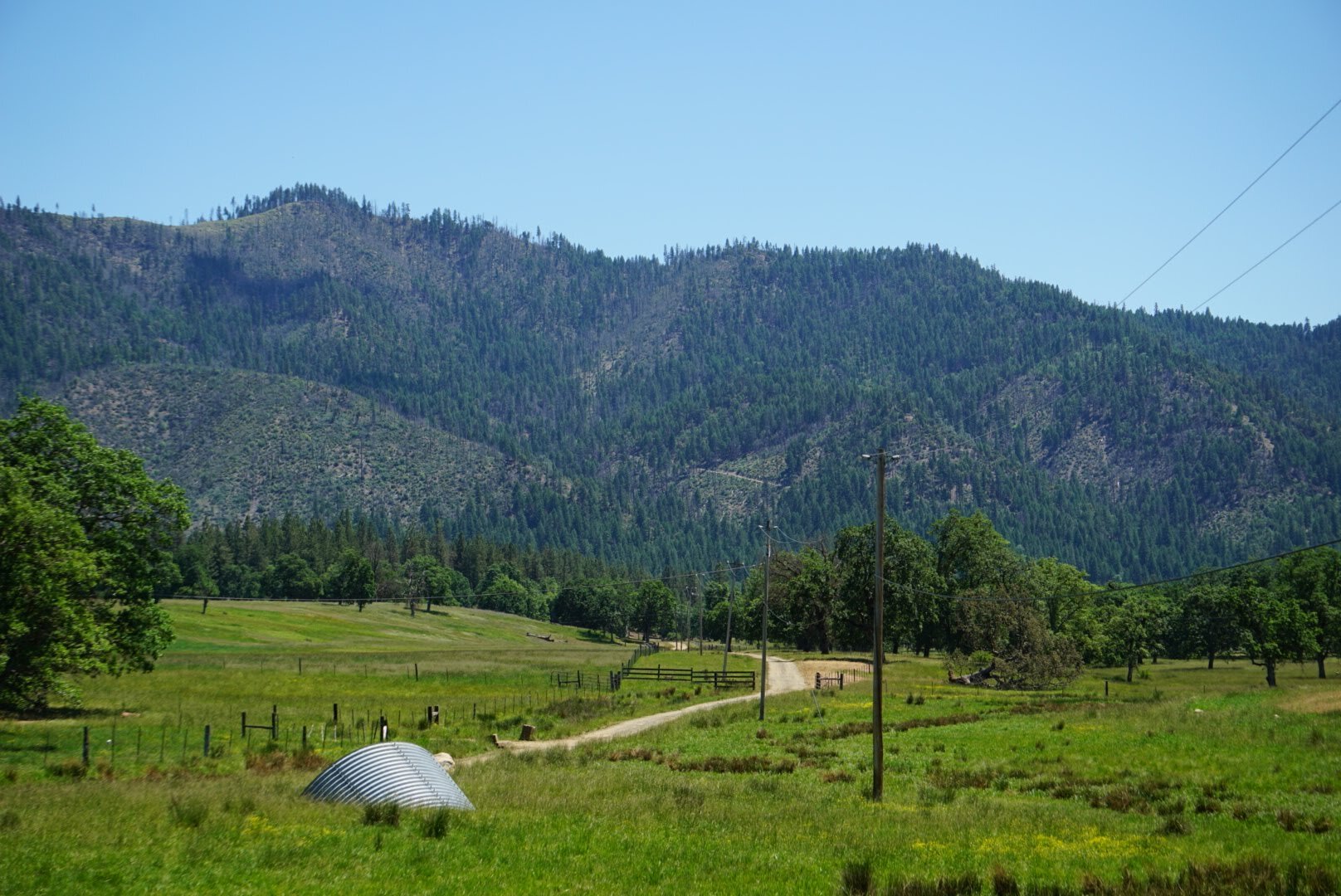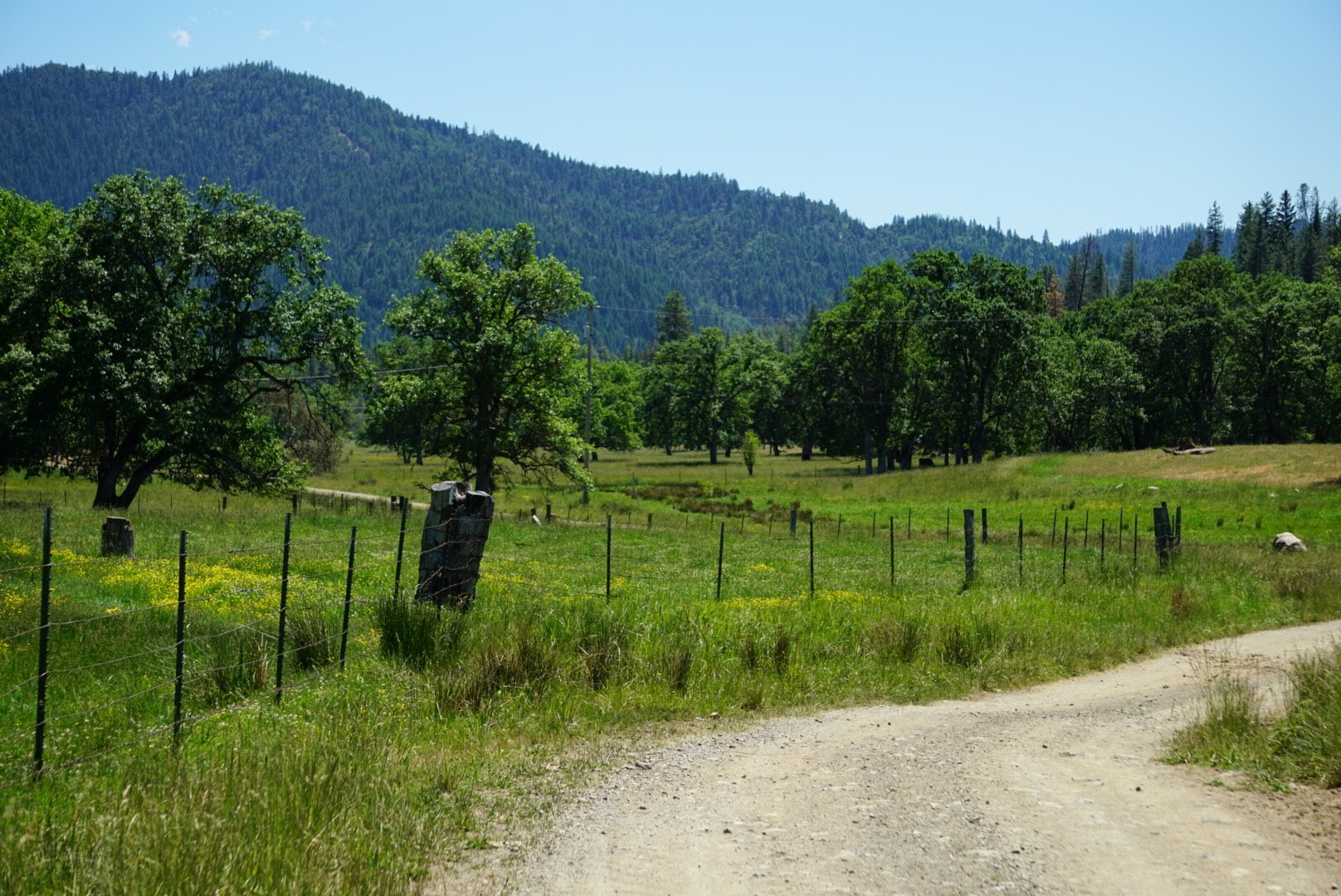
Holistic Ranching Approach
Let the land rest.
The practice gives his cattle constant access to fresh, nutrient-rich grass while preventing overgrazing that causes lasting damage to plants and soil. After the cattle finish feeding on one part of the property, the grass is left to regrow for at least 30 days.
“We've been raising cattle in this valley since 1973. This land has been cared for by my family before me, so it's very important to me that we leave the land in better condition than when we found it so that people after us can appreciate it like I was able to,” Scott says, “and holistic grazing is really the silver bullet to ensure that happens.”
Scott says the economic and environmental benefits for his ranch have been profound.
Because the grass in his pasture gets rest from the cattle, it grows more robust roots. The stronger roots in turn absorb more water and carbon, produce more forage, and hold the soil in place, keeping it on the ranch instead losing it to rivers and streams.
Well-managed pastures significantly reduces run-off.
Big Creek’s natural spring headwaters.
Cattle feed on lush, naturally re-grown grasses after they’re freshly rotated to a new paddock.
Let the land rest.
Those four words hold the key to success and sustainability for Big Creek Ranch. “We simply let nature heal itself,” the ranch owner Scott Murrison, says. A fourth-generation farmer and rancher, Scott raises and holistically grass-finishes cattle year-round on his family’s 2,000 acre property in Hayfork,California.
The ranch is a picturesque piece of rural Trinity County that has been in the Murrison family since 1973, but the original ranch parcel was founded in 1852. Big Creek, a cold water stream, runs through the ranch. The creek is fed by natural springs that flow out of the surrounding limestone hills.
As a small rancher confronting the often-narrow margins of modern agriculture, Scott says his chief concerns are keeping his operation financially sound and protecting its most precious assets: Soil and water. The best way Scott has found to do that is by rotational grazing.
Rather than letting livestock feed across their entire pasture all at once, Scott rotates his herd through 100 smaller paddocks, moving them frequently, sometimes weekly depending on the season, to new feeding areas on his ranch’s 2,000 acres of pasture and hay ground.
The large pond in front of ranch owner Scott Murrison’s house.
“When we get a heavy rain, it gets soaked up because there's probably four to six feet of roots underneath these plants. They just suck up the water,” he says. When the grass is healthier, it grows faster and is able to fend off invasive species, meaning there is less need for pesticides to kill weeds.
This has helped the water in Big Creek remain clear and cold, sustaining a recreational trout ecosystem.
“A lot of people see cattle wading in streams and think it’s bad. While cattle are not aquatic species, they go and drink and they get out,” Scott says. “Both trout streams and cattle can thrive together, and both the land and animal welfare is better for it.”
“Our animals are never confined. They have access to fresh water and feed 24/7, 365 days a year. In the end, it makes our ranching program more sustainable, which helps us stay on the land.”




